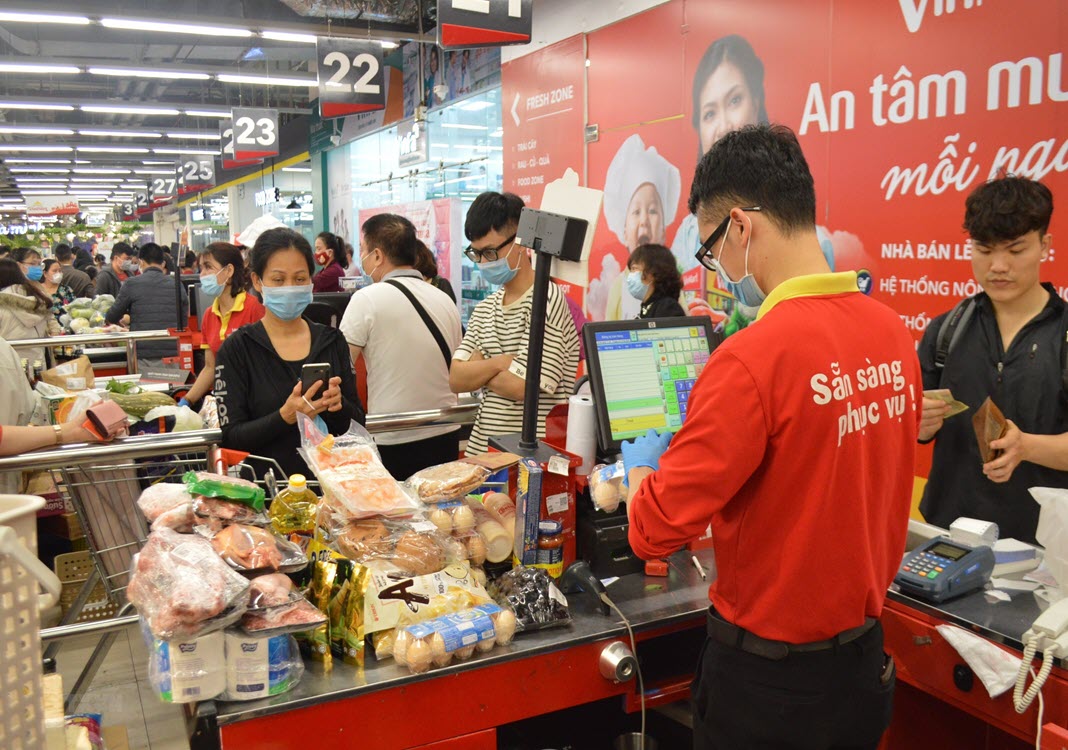HCMC – Experts and business executives agreed that one of the major challenges plaguing Vietnam’s economy this year is figuring out how to ensure the purchasing power recovers, after the Covid-19 pandemic hit the country and left many families financially weak.
Speaking on the sidelines of the Vietnam Economic Scenario Forum held in HCMC on January 11, Nguyen Xuan Thanh, lecturer at the Fulbright Vietnam University and a member of the prime minister’s economic advisory team, said that restoring the purchasing power in the domestic market remains the biggest challenge facing the local economy this year.
During the final months of 2020, the purchasing power slightly bounced back compared to the time when the first coronavirus outbreak hit the country and the national social distancing order was imposed, but it was still 19% lower than that recorded before Covid-19. The current purchasing power remains weak as consumers are spending less given their jobs and incomes being impacted by the public health crisis, Thanh continued.
For this year, supposing that the disease would be brought under control and consumer confidence could recover, consumers may continue to tighten their belts if their financial conditions see no progress, he added.
To recover the purchasing power, Thanh suggested that regulatory policies be mapped out to maintain macroeconomic stability and lower deposit and lending rates. Once lending rates are reduced, businesses and local residents would facilitate their consumption.
Also at the event, 27% of the participants, mostly business representatives, responded that the weakened domestic purchasing power remains the top risk to the nation’s economic growth this year. Besides, 33% said that the global supply chain disruption could be the main factor challenging the country’s growth.
Dang Hoang Hai Anh, senior economist of the World Bank in the United States, concurred that the domestic purchasing power is a crucial factor. He stressed that before the coronavirus outbreak, an economic growth model based on the domestic purchasing power had been tabled for discussion globally. For Asian nations such as Vietnam where saving rates are high among the local people, efficiently exploiting such sources of capital could help restore the purchasing power. While focusing on the domestic purchasing power, the Government and enterprises would need to include more measures to boost consumption.
Nguyen Bich Lam, former head of the General Statistics Office, also said the domestic purchasing power is the second most important factor for Vietnam’s growth in 2021, just after the disruption of the global supply chain.
By Minh Tam









